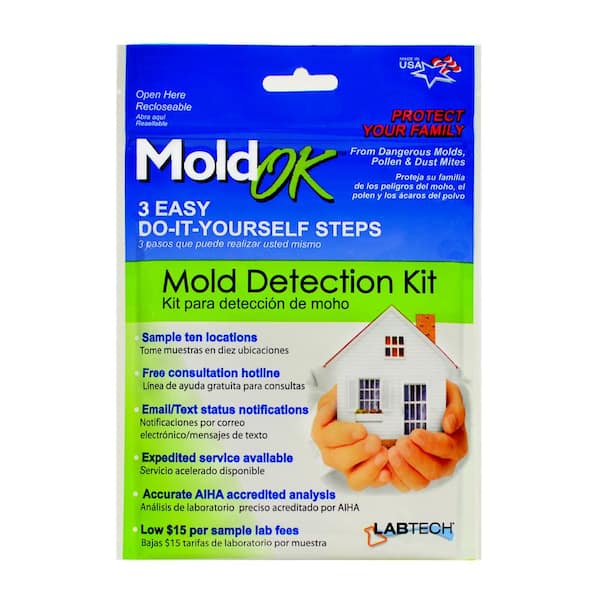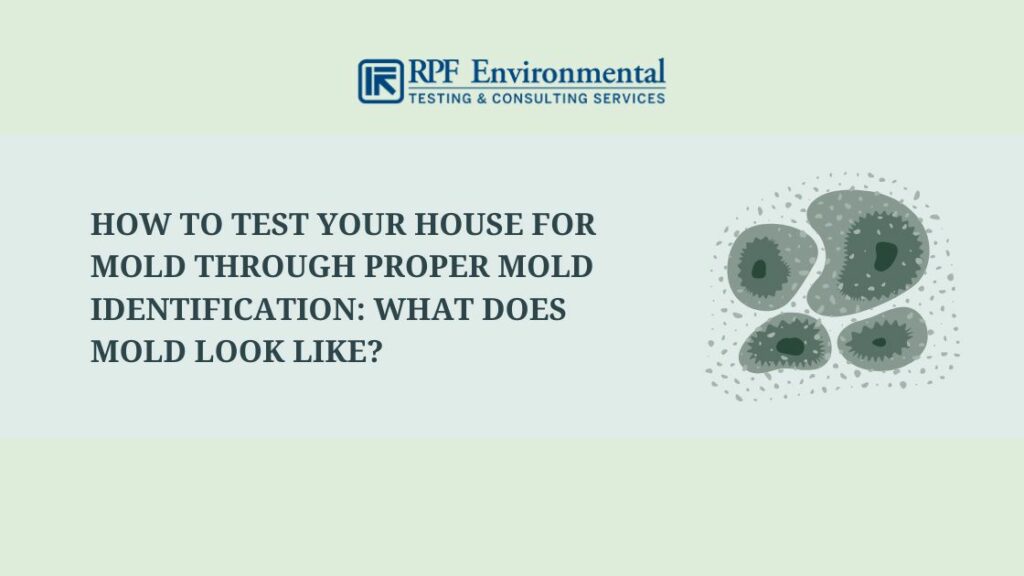Enhance Your Safety Protocols with Expert Mycotoxin testing Services
Enhance Your Safety Protocols with Expert Mycotoxin testing Services
Blog Article
Ensuring Conformity With Regulations: the Function of Mycotoxin Examining in Quality Assurance
Making sure conformity with stringent regulations is paramount for maintaining food safety and security, and the duty of mycotoxin testing in quality control can not be overstated. Mycotoxins, toxic compounds generated by specific molds, present considerable health and wellness threats, making their detection vital in food production. Adherence to governing requirements, such as those set by the FDA and EU, requires durable testing approaches and innovations to identify and evaluate these pollutants. By implementing thorough screening procedures, companies can stop potential wellness situations, prevent costly recalls, and preserve customer count on. The complexities of these testing processes increase important concerns concerning their effectiveness and performance.
Recognizing Mycotoxins
Understanding mycotoxins is essential to making certain the quality and security of farming products. Mycotoxins are hazardous secondary metabolites created by certain varieties of fungi, commonly discovered in foods such as spices, grains, and nuts. These substances can arise at different phases of the food production procedure, from pre-harvest to storage, and present significant health and wellness threats to both animals and humans (Mycotoxin testing Services). One of the most infamous mycotoxins consist of aflatoxins, trichothecenes, fumonisins, and ochratoxins, each associated with particular fungal types and environmental conditions.
The visibility of mycotoxins in food products can lead to intense and persistent wellness problems, including liver damage, immune suppression, and carcinogenic impacts. By comprehending the sources, types, and results of mycotoxins, stakeholders in the agricultural industry can much better implement preventative measures and reduce threats, ensuring more secure intake for end-users.
Regulatory Criteria for Mycotoxins
Having established a fundamental understanding of mycotoxins and their effect on food safety and security, it is vital to examine the regulative requirements controling their visibility in farming items. Governing criteria for mycotoxins are important because they specify permitted limitations, guaranteeing food safety and safeguarding public health. Various global and nationwide firms have actually established these limits based upon thorough danger analyses.
The Codex Alimentarius Payment, an international body established by the FAO and WHO, provides standards and maximum permitted levels for different mycotoxins in food and feed. For instance, the Codex has established restrictions for aflatoxins in peanuts, maize, and dried out figs, amongst other commodities. These standards are usually adopted or adapted by specific nations to fit their certain demands.
In the European Union, Regulation (EC) No 1881/2006 specifies optimum degrees for a number of mycotoxins, such as aflatoxins, ochratoxin A, and deoxynivalenol, in different foodstuff. The United State Food and Drug Administration (FDA) has actually established action degrees for mycotoxins like aflatoxins in products such as nuts and grains.
Adherence to these regulative standards is vital for maintaining market gain access to, customer depend on, and public health. Non-compliance can lead to significant economic losses and health dangers, underscoring the importance of strict mycotoxin testing methods.
Examining Techniques and Technologies

ELISA is widely appreciated for its rapid and affordable testing capacities, making it suitable for high-throughput environments. It depends on antibodies to identify certain mycotoxins, providing results in a relatively short time frame. However, its level of sensitivity might be restricted compared to a lot more sophisticated techniques.
HPLC, on the other hand, masters giving measurable evaluation with high precision and accuracy. It separates complicated combinations into specific components, making it very efficient for identifying and evaluating multiple mycotoxins at the same time - Mycotoxin testing Services. This technique, while a lot more lengthy and resource-intensive than ELISA, provides a greater degree of dependability

LC-MS represents the peak of logical specificity and sensitivity. Incorporating the separation power of fluid chromatography Source with the detection capacities of mass spectrometry, LC-MS can detect even trace levels of mycotoxins. This technique is indispensable for confirming the presence of mycotoxins in forensic and governing contexts, guaranteeing compliance with rigid safety requirements.
Implementing Evaluating Procedures

Including these advanced screening approaches right into a detailed quality assurance framework requires a well-structured strategy to carrying out testing protocols. To achieve this, companies have to initially conduct an extensive danger analysis to determine prospective mycotoxin contamination factors within the supply chain. This analysis educates the development of a customized screening method that resolves certain vulnerabilities.
Next, establishing standard tasting treatments is critical. Consistent sampling makes sure that examination outcomes are dependable and agent of the whole set (Mycotoxin testing Services). Abiding by standards from governing bodies, such as the FDA or EFSA, aids keep conformity and boosts the trustworthiness of the testing process
Training workers is an additional critical element. Team needs to excel in both example collection and the operation of screening tools. Routine training sessions and accreditation programs can make sure that group participants remain updated with the current strategies and regulatory modifications.
Advantages of Mycotoxin Checking
Mycotoxin testing uses many advantages that dramatically improve the security and quality of food and feed products. Primarily, it acts as an important control action to avoid polluted goods from getting to the consumer market, consequently guarding public health and wellness. By recognizing and quantifying mycotoxins such as fumonisins, aflatoxins, and ochratoxins, producers can make sure that their products find out satisfy strict governing requirements, thus avoiding moved here potential lawful repercussions and associated expenses.
Furthermore, mycotoxin testing adds to the financial practicality of food and feed sectors by lessening the threat of massive item recalls. The capacity to discover and separate contaminated batches early in the manufacturing process minimizes waste and prevents the financial losses connected with broken brand reputation. In addition, it fosters consumer trust fund and loyalty, as clients are significantly knowledgeable about food security concerns and need greater top quality standards.
The application of regular mycotoxin screening also advertises finest practices within agricultural and production sectors. By sticking to extensive testing methods, firms can enhance their quality assurance procedures, improve functional efficiency, and make sure the constant manufacturing of risk-free, top quality products. Finally, the benefits of mycotoxin screening are diverse, adding to public health, financial security, and sector honesty.
Verdict
Mycotoxin testing is vital in making sure compliance with governing standards, thereby keeping food security and quality assurance. By systematically identifying unsafe mycotoxins, this method helps minimize health and wellness risks, protect against lawful repercussions, and stay clear of monetary losses associated with item recalls. Implementing durable screening protocols cultivates consumer trust fund and confidence in food safety techniques, inevitably supporting the honesty and track record of food businesses. Thus, mycotoxin screening stays an indispensable component of contemporary food safety and security monitoring systems.
Making sure compliance with stringent laws is vital for maintaining food safety and security, and the duty of mycotoxin testing in top quality control can not be overemphasized.In the realm of mycotoxin testing, progressed approaches and modern technologies are essential in guaranteeing food safety and security and regulative compliance.Mycotoxin testing offers various advantages that significantly improve the safety and quality of food and feed products.Mycotoxin testing is crucial in guaranteeing compliance with regulative requirements, consequently keeping food safety and security and quality control. Therefore, mycotoxin testing remains a vital part of modern-day food security monitoring systems.
Report this page